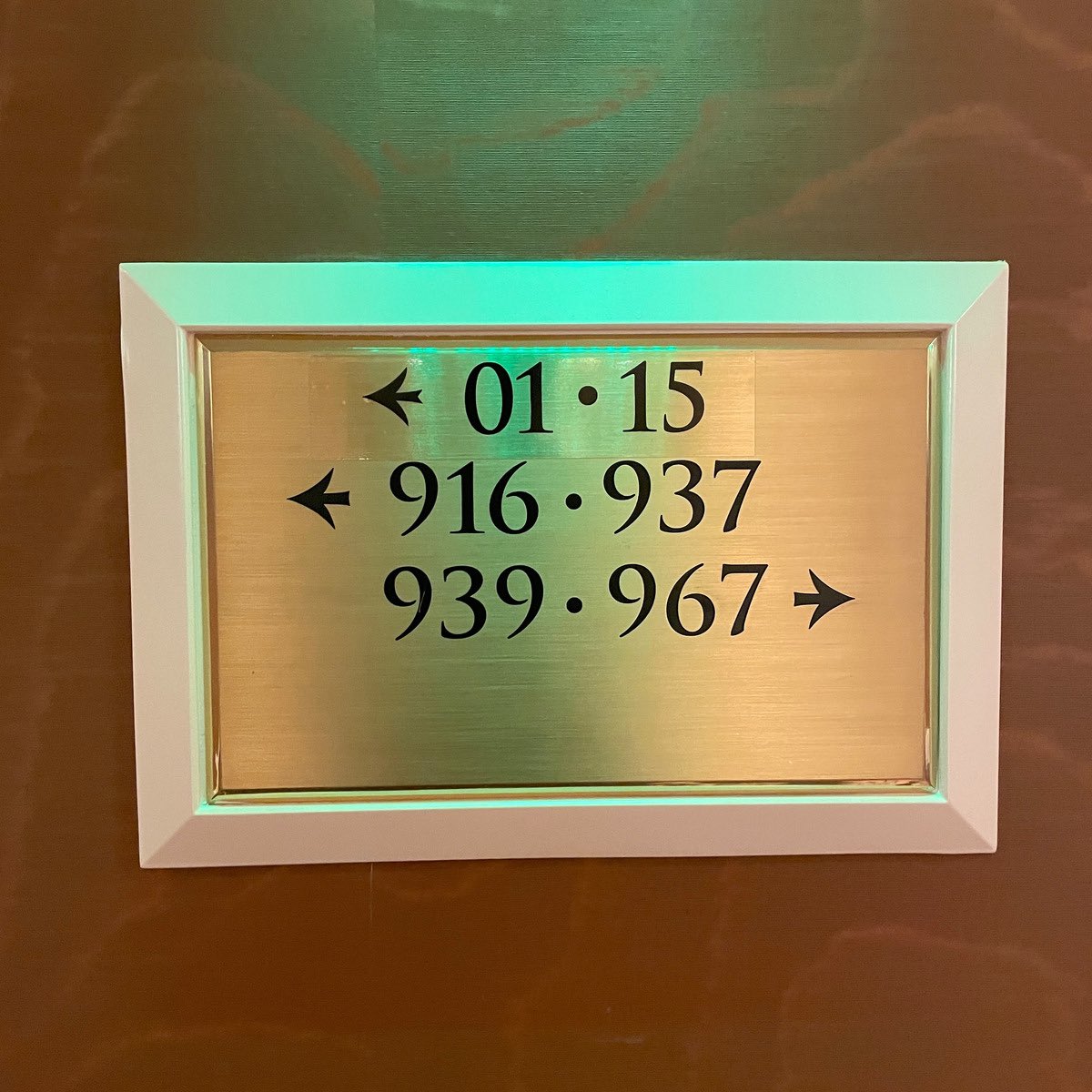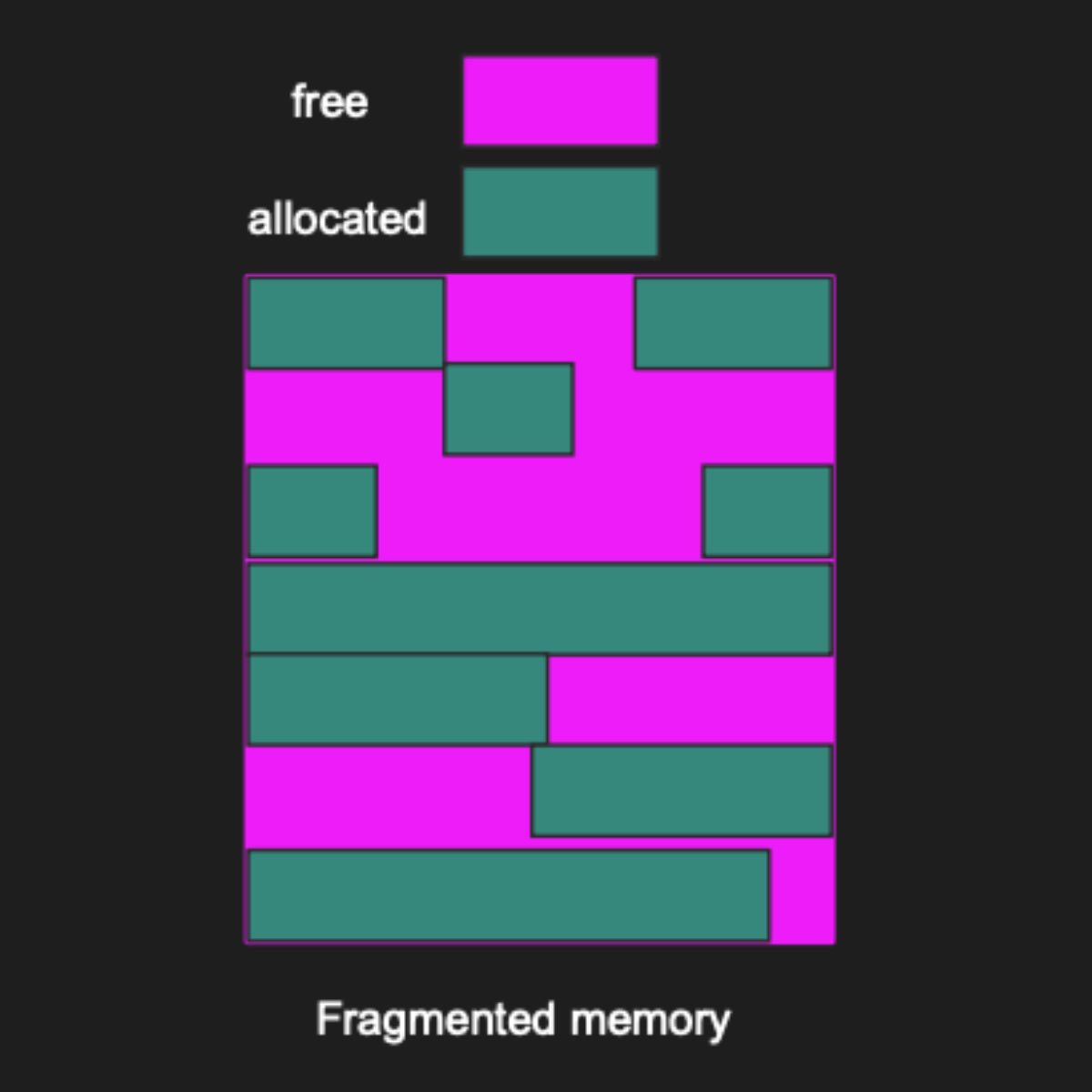DNS is beautiful
Despite its drawbacks, DNS is brilliantly designed for scale. We can learn few lessons from this protocol especially when designing our own apps. Heard of partitioning? DNS is one of the first protocols that implemented it successfully.
To understand this… twitter.com/i/web/status/1…
Despite its drawbacks, DNS is brilliantly designed for scale. We can learn few lessons from this protocol especially when designing our own apps. Heard of partitioning? DNS is one of the first protocols that implemented it successfully.
To understand this… twitter.com/i/web/status/1…

DNS is beautiful
• • •
Missing some Tweet in this thread? You can try to
force a refresh

 Read on Twitter
Read on Twitter








